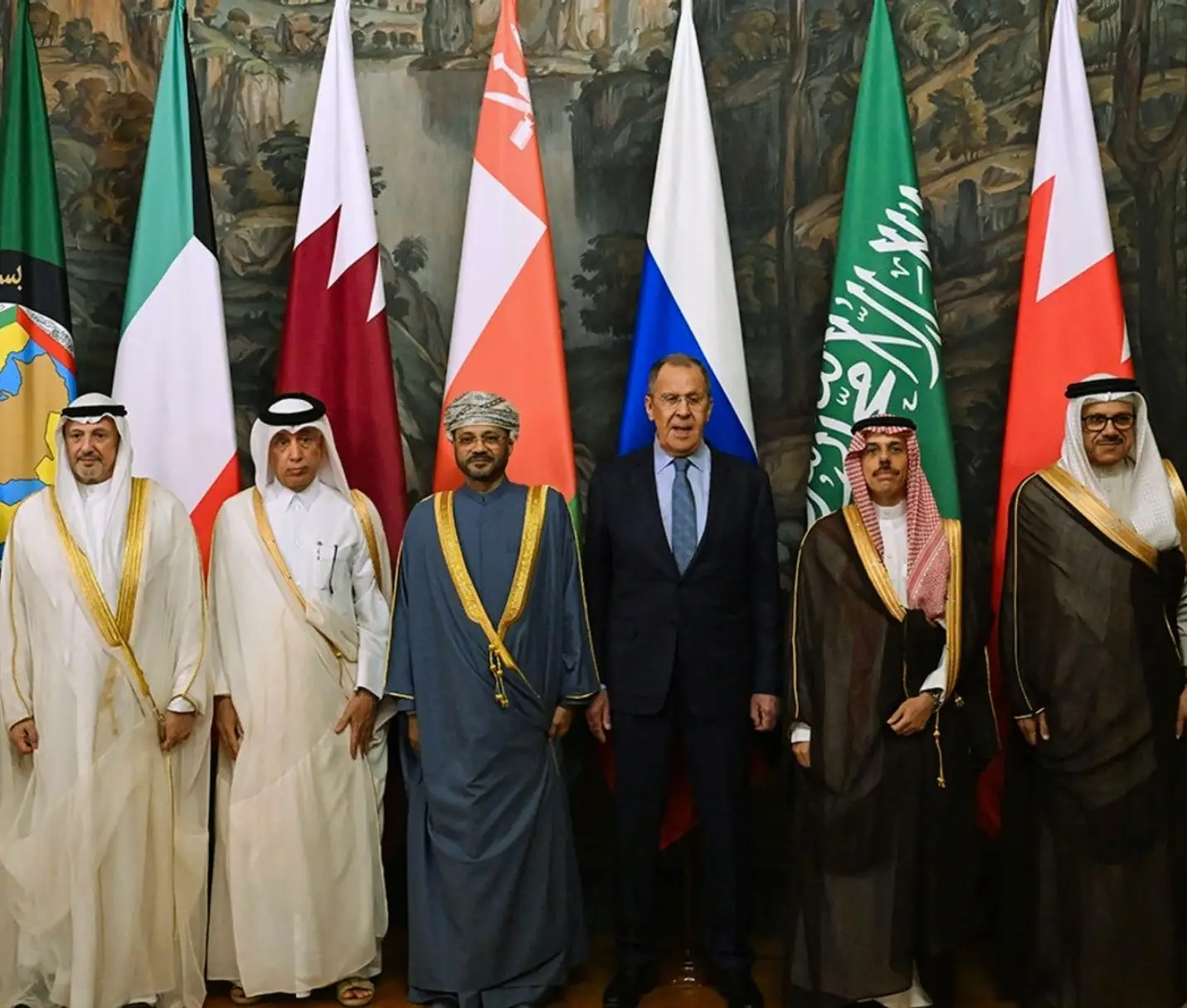Ending the Russia-Ukraine war will be difficult and likely require a broader range of incentives (positive and negative) than the world has yet presented to bring both parties to the negotiating table. Even in the event that a cease-fire or armistice agreement is reached, the question of its durability remains. Ukraine will need to determine how to deter Russia from using any period of calm as an opportunity to rearm, wait for the world to lower its collective guard, and then attack again. In consequence, any strategy should be centered on building a robust Ukrainian military with strong deterrent capabilities, and planning for how that postwar military should be shaped, sized, and budgeted needs to begin now. Ukrainian officials have consistently opposed reaching a cease-fire agreement with Russia unless they also receive clear NATO security guarantees. Anything less, they believe, will leave the country exposed to future Russian aggression.
Given the uncertainty surrounding a potential cease-fire, Ukraine must ensure that any agreement does not allow Russia to regroup and launch future attacks. While Ukrainian officials strongly prefer NATO security guarantees, it is believed that a self-sufficient defense strategy is a more realistic alternative including multilayered territorial defense system designed to protect the 80% of Ukraine’s pre-2014 territory. This step would comprise a hardened outer defense perimeter, a strategic rapid-response force to respond to serious threats, and enhanced protection for major population centers and critical infrastructure. A defense system configured this way would require a substantial military force; some 550,000 on active duty (drawing on professional and conscripted personnel) and another 450,000 in ready reserve. Given Ukraine s demographic outlook, creating such a force will be difficult, but not impossible. Arming, training, and supporting the force will require substantial foreign assistance for the foreseeable future. To achieve this, Ukraine should establish a hardened outer defense perimeter along a 2,100-kilometer border with Russia and Belarus. This defensive line should include deep minefields, anti-tank obstacles, and missile systems to counter Russian advances. A permanent standing force of 150,000 soldiers should be maintained at the front lines, supported by a mobile rapid-response force of an additional 150,000 troops. This strategic reserve would be crucial to counter any breakthrough by Russian forces. Additionally, Ukraine must protect its cities, critical infrastructure, and Black Sea trade routes by developing an advanced missile defense system, stockpiling at least 5,000 interceptor missiles to ensure maritime security and to keep export routes operational.
Ukraine will need to spend between $20 billion and $40 billion per year, comparable to the defense budgets of Israel and South Korea. This estimate is much lower than current wartime expenditures, while also being cheaper for foreign benefactors to support compared to what they would likely have to pay to defend against Russia in the event Ukraine were defeated. Planning for the defense of Ukraine in the absence of NATO security guarantees should begin now regardless of the timing of cease-fire negotiations. Moreover, to the extent possible, the terms and provisions of a cease-fire agreement should go beyond simply ending the war, and instead advance Ukraine s future security. They could include measures for each side and/or international personnel under UN or Organization for Security and Cooperation in Europe (OSCE) auspices to monitor cease-fire lines; they could also include limitations on force buildups near that armistice line. Ceasefire terms could further include some type of additional modest foreign military presence to train Ukrainians and act as tripwires against a resumption of conflict. Ukraine should not be left without outside security commitments or assistance, but in recognizing the reality that NATO membership is unlikely, Ukraine should aim for robust self-defense capability regardless of the broader region security architecture.






